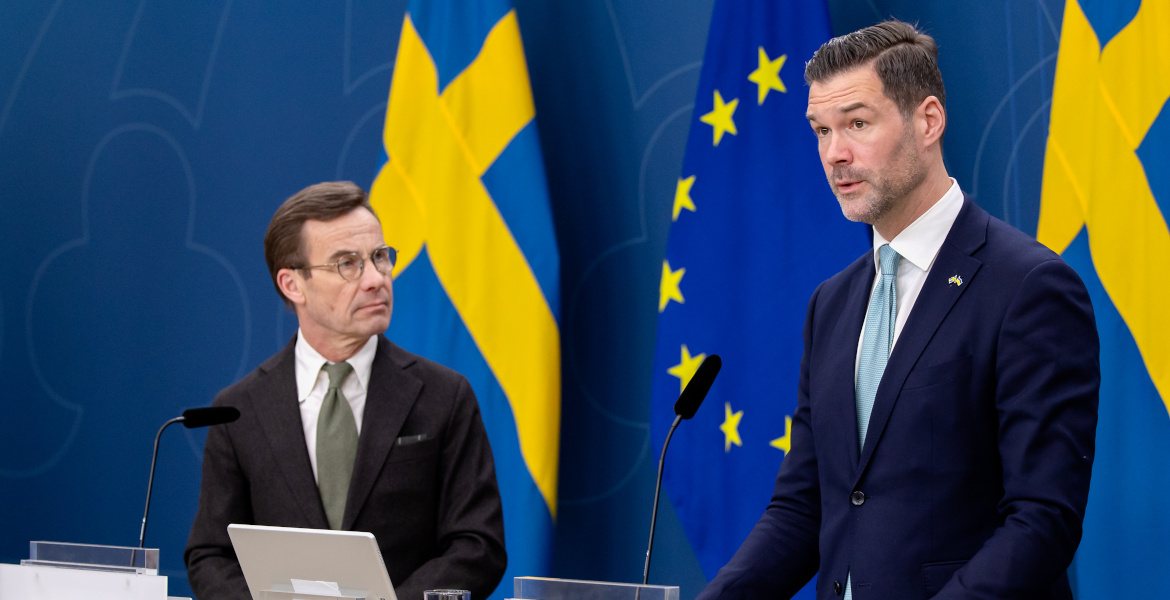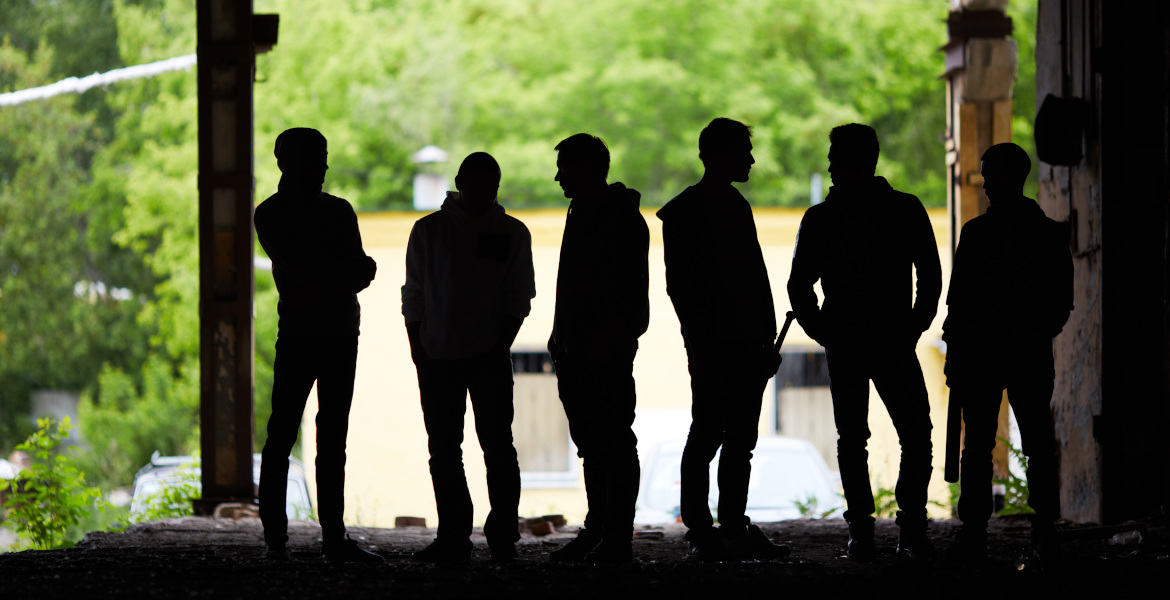Following every bizarre trend on TikTok without thinking first is not recommended – something a 24-year-old mother from Helsingborg can now attest to.
She thought it would be a funny idea to crack an egg on her five-year-old daughter’s forehead during a livestream – but the district court disagrees, and has instead convicted the woman of harassment.
It was last summer when the young mother, aspiring to become an influencer, started a livestream on her social media while she and her daughter were sitting at the kitchen table baking apple pie.
Suddenly, the mother picked up an egg and cracked it against her daughter’s forehead, causing the yolk to run down her face. The daughter expressed that it hurt and asked her laughing mother to stop.
At the time, the 24-year-old's account was public, and the clip eventually gained around 100,000 views. After an anonymous tip, police began investigating the incident, and now the Helsingborg District Court has concluded that the woman's actions were unlawful.
– When I saw the video, I thought: you simply don’t do that to a child. To record and humiliate the child and then broadcast it to thousands of viewers - I find that incredibly degrading, and that’s my personal opinion, prosecutor Cecilia Andersson told Sydsvenskan.
– It's a little girl who thinks she's going to bake an apple cake with her mom and is happy and excited about it and then all of a sudden she gets an egg cracked in her forehead. This is a reckless act, the prosecutor further argues in the state television SVT.
"We see the phenomenon increasing"
The mother admits that the incident occurred – but denies having committed any crime. She defended herself by saying she was merely following a TikTok trend and that it’s fun to "prank" your child.
– She has herself said that this is a trend on social media, that she saw it on TikTok, and that this has been a common prank people have done.
Ängla Pändel, chair of the Institute for Law and the Internet, says that up until now, it hasn’t been very common for cases like this – where parents humiliate their children on social media – to go as far as the courts. But she believes that will become significantly more common in the future.
– We see the phenomenon increasing, so I definitely think we will see more cases in the future.
The woman’s sentence is a fine of SEK 20,000 (€1,800) payable to her daughter.






